Ever bitten into a dish and felt that electric, numbing tingle on your tongue? That's the magic of Szechuan peppercorns. But what if you're out or can't find them in your local spice aisle?
No need to panic! While nothing quite replicates the unique mouth-numbing sensation of real Szechuan peppercorns, there are some solid substitutes you can use — each with its own flavor personality.
In this post, we'll explore five top replacements, compare their flavors and uses, and give you practical tips on how to tweak your recipes when swapping these spices. Let's get cooking!
Table of Contents
- What Makes Szechuan Peppercorns Unique?
- 1. Tellicherry Black Pepper
- 2. Cubeb Pepper
- 3. Grains of Paradise
- 4. Tasmanian Pepper
- 5. A Dash of Citrus + Heat
- FAQ: Quick Answers to Common Questions
- Comparison Table: Szechuan Replacements at a Glance
- Buying Guide: How to Choose Your Replacement Spice
- Final Thoughts
What Makes Szechuan Peppercorns Unique?
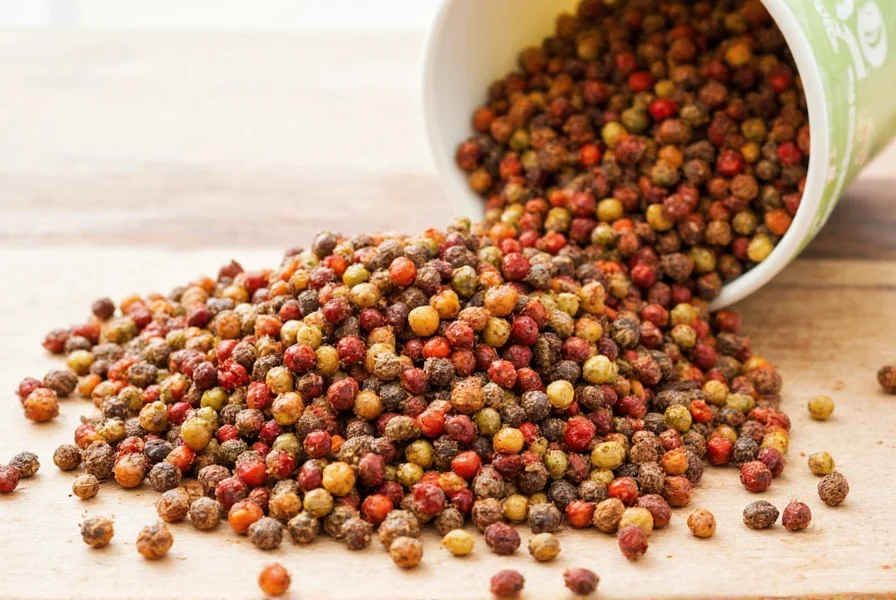
First things first: Szechuan peppercorns aren't actually peppers — they come from the Zanthoxylum plant family. Unlike chili peppers, they don't burn; instead, they deliver a distinct tingling or numbing sensation thanks to a compound called hydroxy-alpha-sanshool.
This makes them a staple in Chinese Sichuan cuisine, often used alongside chilies to create that signature 'hot and numbing' experience.
But if you're cooking a substitute dish or want to recreate the flavor without the buzz, here are five spices that bring the heat, complexity, or aromatic flair.
1. Tellicherry Black Pepper – The Bold Classic
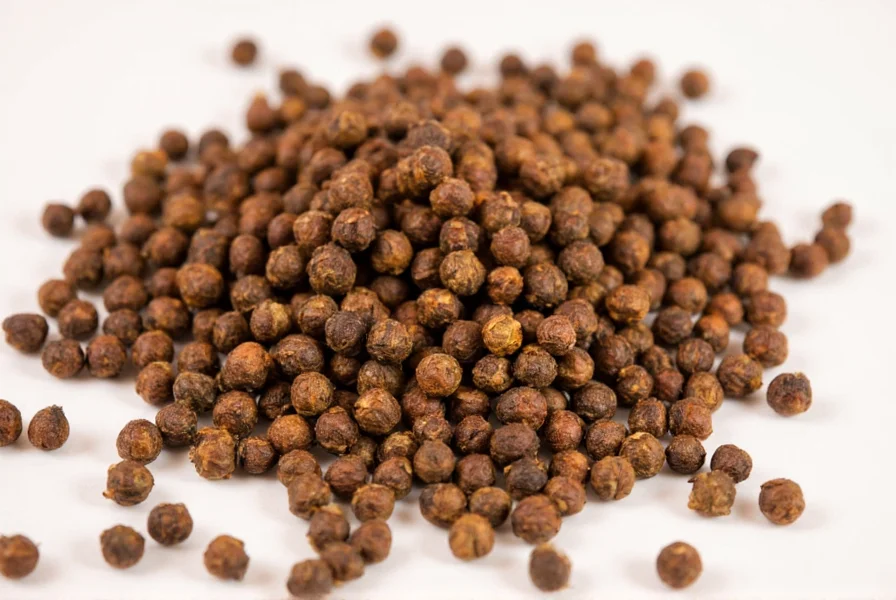
Tellicherry black pepper is a high-grade version of regular black pepper, grown in India and known for its bold, woody, and slightly citrusy notes.
- Flavor profile: Strong, earthy, with a sharp bite
- Numbing effect: Minimal
- Best for: General seasoning, grilled meats, stews
If you're looking to keep things simple and punchy, Tellicherry can be your go-to. It won't mimic the numbing quality, but it brings plenty of heat and depth.
2. Cubeb Pepper – The Ancient Alternative
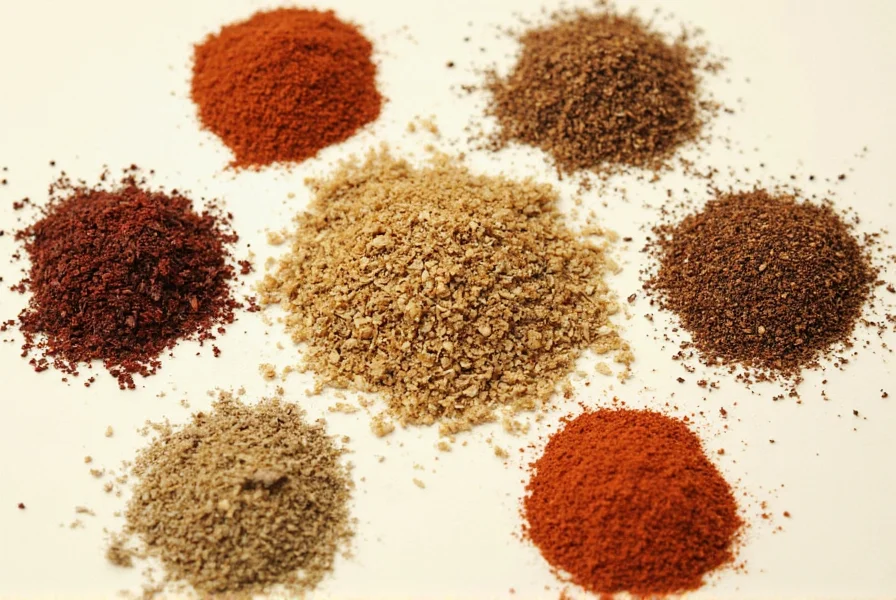
Cubeb pepper, sometimes called "tailed pepper," has been used since ancient times and was once a key ingredient in medicinal tonics.
- Flavor profile: Pungent, floral, and slightly camphor-like
- Numbing effect: Subtle
- Best for: Curries, soups, spice blends
While not a perfect stand-in, Cubeb offers an interesting twist with its resinous, almost eucalyptus-like finish. It pairs well with cloves and cinnamon in warming dishes.
3. Grains of Paradise – The West African Wonder
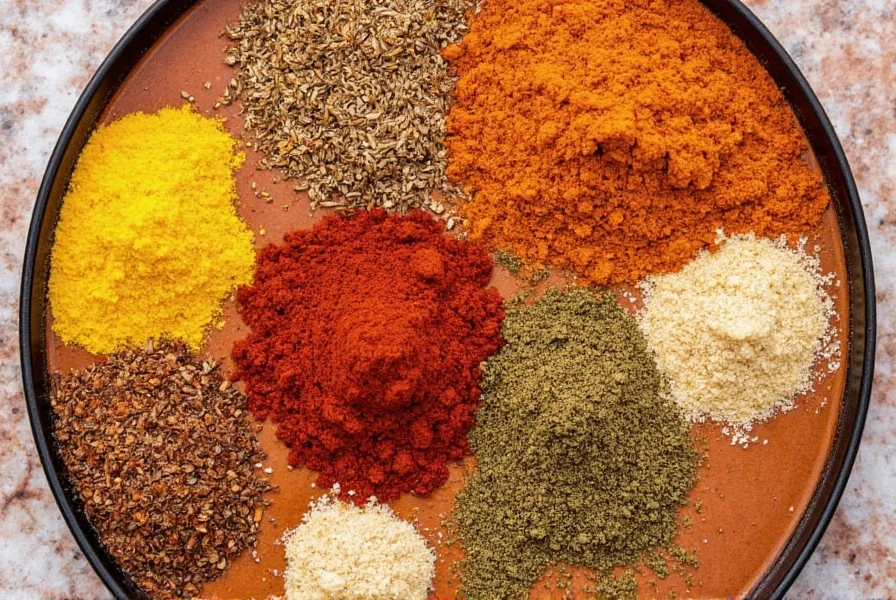
Hailing from West Africa, grains of paradise are often described as a cross between black pepper and ginger, with hints of citrus and cardamom.
- Flavor profile: Warm, spicy, subtly sweet
- Numbing effect: None
- Best for: Marinades, sautéed vegetables, meat rubs
These little pods pack a complex punch and are especially good in slow-cooked dishes where their aroma can really bloom. Use sparingly — they're stronger than regular pepper.
4. Tasmanian Pepper – The Aussie Standout

Grown in Australia and Tasmania, this native pepper berry delivers a long-lasting tingling sensation similar to Szechuan peppercorns.
- Flavor profile: Woody, earthy, with a minty aftertaste
- Numbing effect: Mild to moderate
- Best for: Fusion dishes, sauces, cold desserts
If you want to mimic the numbing effect without using actual Szechuan peppercorns, Tasmanian pepper is one of your best bets. It's gaining popularity among chefs for its clean, fresh finish.
5. A Dash of Citrus + Heat – DIY Flavor Hack
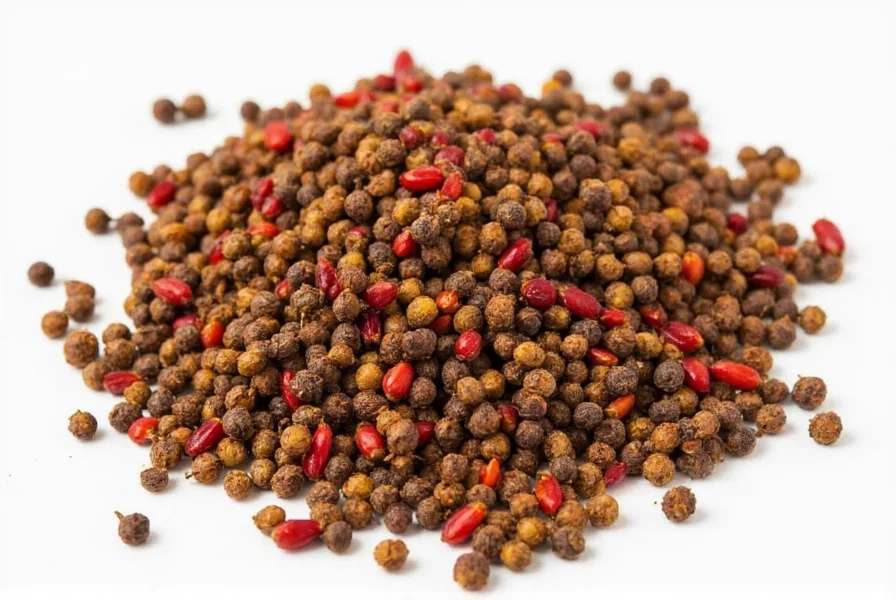
If none of the above are handy, try combining lemon zest or citronella oil with crushed red pepper flakes or ginger powder.
- Flavor profile: Bright, tangy, fiery
- Numbing effect: Simulated through citrus
- Best for: Stir-fries, dressings, marinades
This technique won't replace Szechuan peppercorns completely, but it tricks the palate into thinking something unusual is going on — which can work wonders in fusion or experimental cooking.
FAQ: Quick Answers to Common Questions
Can I truly replace Szechuan peppercorns in recipes?
Not perfectly — no substitute replicates the exact numbing sensation. However, Tasmanian pepper comes closest for tingling effects, while Tellicherry black pepper or grains of paradise work well for flavor depth in non-critical applications.
Which substitute gives the best numbing sensation?
Tasmanian pepper is the top choice for mimicking the tingling effect. Its hydroxy-alpha-sanshool compound creates mild-to-moderate numbing, though it's less intense than authentic Szechuan peppercorns.
What's a quick pantry substitute if I have nothing else?
Mix 1/4 tsp lemon or lime zest with 1/8 tsp crushed red pepper flakes. The citrus oils create a tingling illusion while the chili provides heat. Use in stir-fries or dressings where precision isn't critical.
Why isn't my substitute causing numbness?
Most alternatives (like black pepper or grains of paradise) lack hydroxy-alpha-sanshool — the compound responsible for numbing. Only Tasmanian pepper and Cubeb offer subtle tingling. Manage expectations: flavor replacement ≠ sensation replication.
Where can I buy these specialty substitutes?
Check online retailers (Amazon, Etsy), specialty spice shops (Penzey's, The Spice House), or international markets. Tasmanian pepper and grains of paradise are increasingly available at Whole Foods and high-end grocers.
Comparison Table: Szechuan Replacements at a Glance
| Spice | Heat Level | Numbing Effect | Flavor Profile | Best For |
|---|---|---|---|---|
| Tellicherry Black Pepper | High | None | Earthy, sharp, bold | Seasoning, grilling, hearty dishes |
| Cubeb Pepper | Moderate | Mild | Pungent, floral, camphor-like | Curries, soups, spiced drinks |
| Grains of Paradise | Moderate | None | Spicy, sweet, citrusy | Marinades, roasted veggies, stews |
| Tasmanian Pepper | Moderate | Moderate | Woody, minty, fresh | Desserts, sauces, modern fusion |
| Citrus + Chili Mix | Varies | Mimicked | Bright, tangy, fiery | Stir-fries, dressings, marinades |
Buying Guide: How to Choose Your Replacement Spice
Finding the right replacement depends on your recipe, personal taste, and whether you want to replicate the numbing effect or just the flavor profile.
Top Picks for Each Category
- Best Overall Substitute: Tasmanian Pepper – Mimics the numbing sensation closely and adds a fresh herbal note.
- Best Budget Buy: Tellicherry Black Pepper – Readily available and rich in flavor.
- Most Unique Flavor: Cubeb Pepper – Offers an old-world charm with floral and resinous tones.
- Best for Fusion Dishes: Grains of Paradise – Adds unexpected warmth and complexity.
- DIY Alternative: Lemon zest + chili flakes – Creative, cost-effective, and easy to pull off.
Where to Buy
- Specialty spice shops like The Spice Garden or Penzey's
- Online retailers such as Amazon, Etsy (for artisanal varieties)
- International grocery stores focusing on African, Indian, or Australian ingredients
Storage Tips
- Store whole peppercorns in airtight containers away from light and moisture.
- Crush or grind just before use for maximum potency.
- Avoid plastic bags — opt for glass jars or metal tins.
Final Thoughts
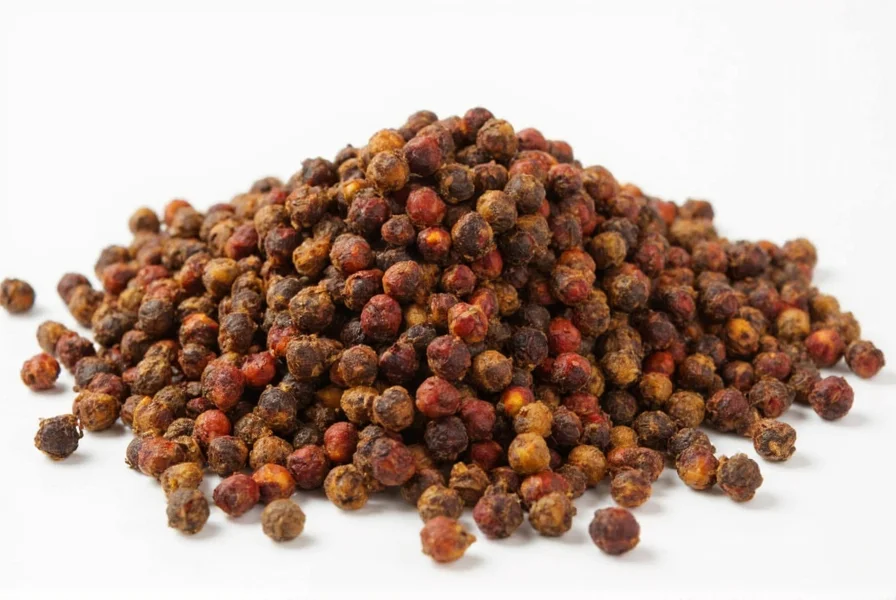
While no single spice can fully replace the sensory thrill of Szechuan peppercorns, the alternatives listed here offer exciting flavor journeys of their own. Whether you're aiming for a traditional swap or a creative experiment, there's a substitute out there that fits your dish — and your daring palette.
So next time you're caught short, don't shy away from improvisation. With a bit of knowledge and a dash of curiosity, you might discover a new favorite spice along the way!

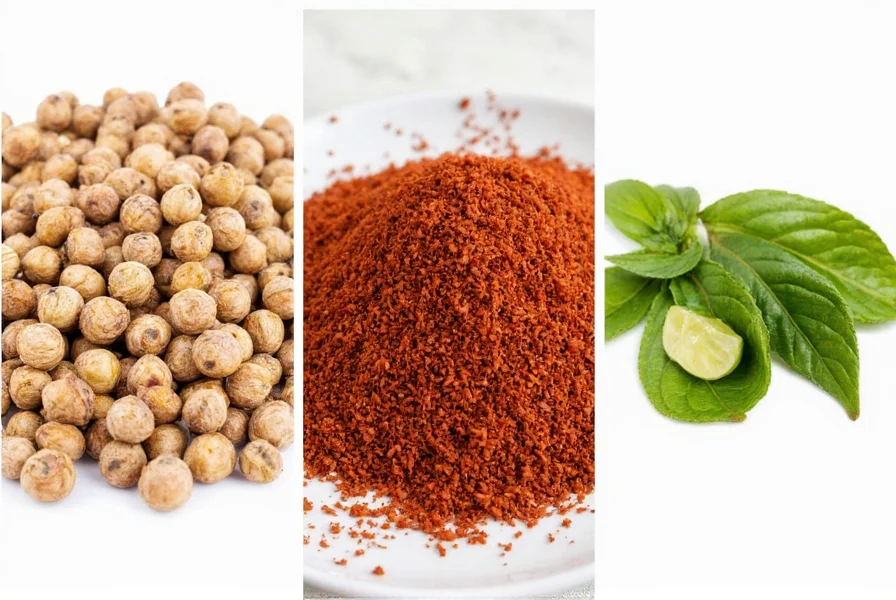









 浙公网安备
33010002000092号
浙公网安备
33010002000092号 浙B2-20120091-4
浙B2-20120091-4